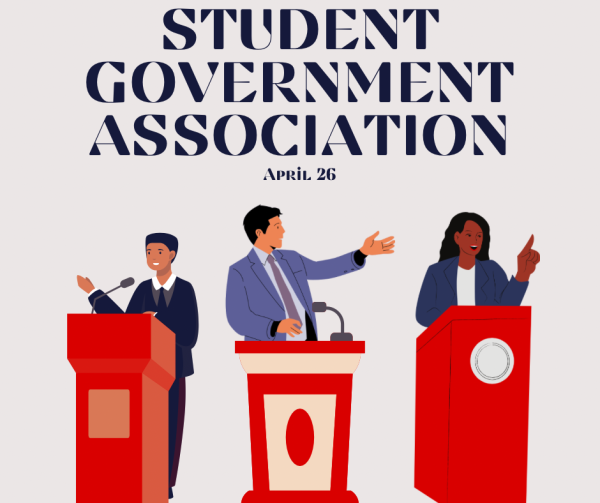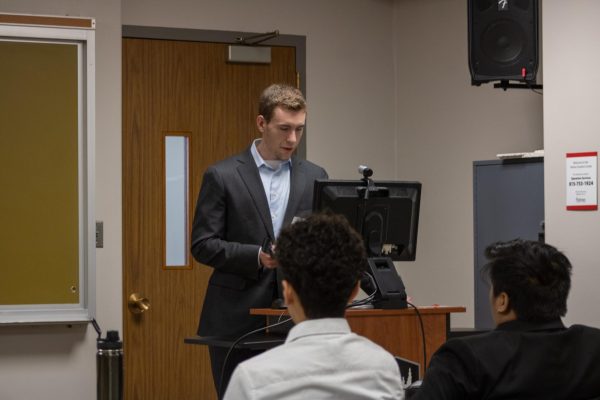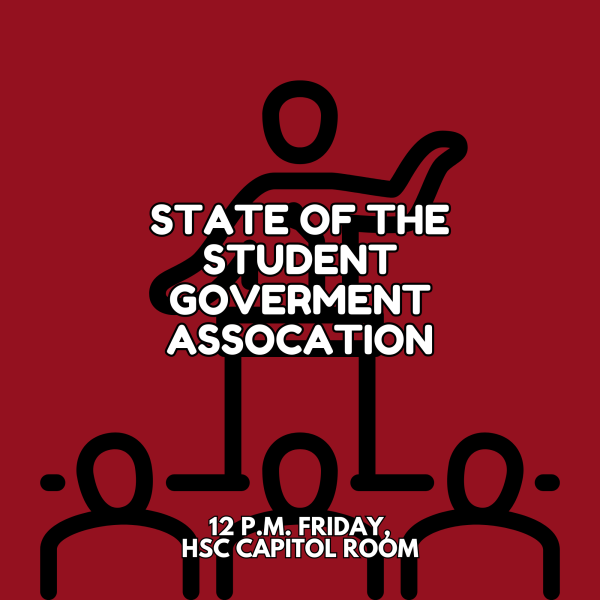Sexual harassment stats for college students
February 14, 2006
More than 60 percent of college-age women and men have encountered sexual harassment, according to a study conducted by the American Association of University Women’s Educational Foundation.
“It’s a drunk issue,” said Nick Hofbauer, a freshman fine arts and computer programming major. “One guy gets a little touchy-feely or hits on girls a lot. They tell him to stop [and] after a while he sobers up and he’s fine. He doesn’t get that drunk.”
After being told the statistics, Hofbauer still focused more on girls than on guys.
“Most of the girls on my floor are independent and they have strong enough friends,” Hofbauer said. “We haven’t really had any problems or cases.”
According to the survey, men were more likely to have been the harasser with women affected negatively by the experience.
Some students who reported an issue chose to talk to the Ombudsman before making a formal accusation in the Affirmative Action office.
“[In] 15 years it’s always been more women than men who come in here,” said university Ombudsman Tim Griffin. “Numbers have gone down in the last 15 years. Our society and culture has become more aware of sexual harassment.”
Little known areas
There are two different types of harassment people may be unaware of.
The first kind begins with a small event that technically would not be defined as sexual harassment unless it escalates into something bigger.
Griffin used the example of a poster of sexual nature put on a wall. If someone asks for the poster to be taken down, and the poster is taken down, it’s not sexual harassment.
Should the poster be replaced by another the next day and be accompanied with snide remarks, then there is a possibility of sexual harassment, Griffin said.
The second type is called “quid-pro-quo,” meaning “something for something.” It’s a single incident defined as sexual harassment because of its seriousness.
“People know better than to say things like that now,” Griffin said. “It creates a hostile environment to study or work in.”
University policy prohibits any form of discrimination based on sexual orientation.












